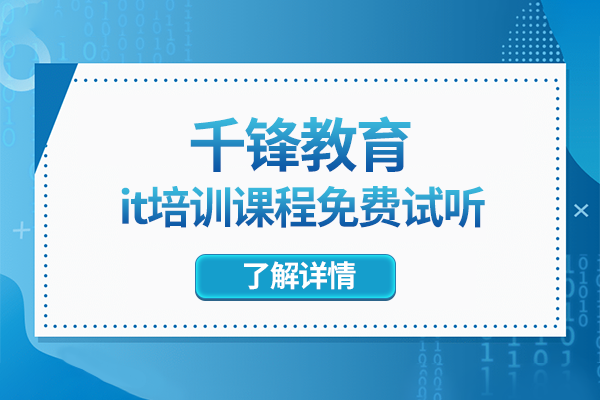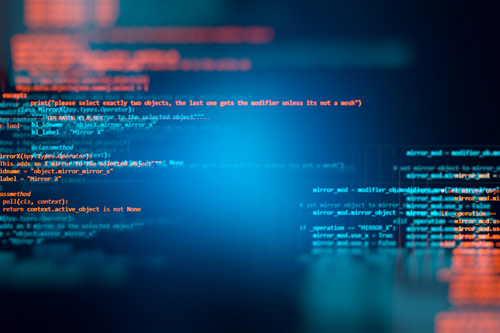Golang编写区块链应用:从0到1的实践指南

区块链技术在近年来越来越被人们所关注,其中的一个重要原因就是它的去中心化特性,这使得它能够成为互联网2.0的重要基础设施。Golang是一种非常适合用来编写区块链应用的语言,它的高效性能和并发处理能力使得它能够轻松应对处理海量数据和高并发的场景。本篇文章将为你提供一个从0到1的实践指南,以帮助你快速地了解如何使用Golang编写区块链应用。
1.搭建开发环境
首先,我们需要搭建一个开发环境,这包括安装Golang以及其他相关的开发工具。Golang官方网站提供了很详细的安装指南,这里我们就不再赘述。除此之外,我们还需要安装一些其他的工具,例如Git、Docker等等,在此不一一列举。
2.了解区块链的基本概念
在开始之前,我们还需要了解一些基本的区块链概念,例如区块、节点、哈希算法、共识算法、智能合约等等。这些概念会在后面的具体实践中被提到,并且它们也是我们编写区块链应用所必须的基础知识。
3.搭建测试网络
在编写任何应用之前,我们都需要先搭建一个测试网络,以便于我们进行调试和测试。搭建测试网络的方式有很多种,例如使用Docker搭建私有链、使用Geth命令行工具搭建测试网络等等。这里我们以使用Geth命令行工具搭建测试网络为例,具体的操作步骤如下:
(1)安装Geth命令行工具
在终端中输入以下命令:
brew tap ethereum/ethereumbrew install ethereum(2)创建一个新的账户
在终端中输入以下命令:
geth account new然后输入一个密码,就可以创建一个新的账户。
(3)初始化区块链
在终端中输入以下命令:
geth --datadir=./chaindata init ./genesis.json其中,--datadir参数指定了数据存放的目录,./chaindata是数据存放的具体路径,init表示初始化区块链,./genesis.json是区块链的初始配置文件。
(4)启动节点
在终端中输入以下命令:
geth --datadir=./chaindata --networkid 15 console其中,--networkid参数指定了网络ID,这里我们使用了一个随机的ID值15,console表示启动Geth命令行控制台。
4.开始编写应用程序
在完成了上述步骤之后,我们就可以开始编写我们的第一个区块链应用程序了。以下是一个简单的例子,它可以实现一个包含加法和减法的计算器。
(1)定义区块结构
type Block struct { Index int Timestamp string Data int PrevHash string Hash string}其中,Index表示区块的索引,Timestamp表示区块的时间戳,Data表示区块的数据,这里我们使用了一个整数类型的数据,PrevHash表示前一个区块的哈希值,Hash表示当前区块的哈希值。
(2)定义区块链结构
type Blockchain struct { Blocks *Block}其中,Blocks表示区块链中的所有区块。
(3)实现添加区块的方法
func (bc *Blockchain) AddBlock(data int) { prevBlock := bc.Blocks newBlock := &Block{ Index: prevBlock.Index + 1, Timestamp: time.Now().String(), Data: data, PrevHash: prevBlock.Hash, } newBlock.Hash = hash(newBlock) bc.Blocks = append(bc.Blocks, newBlock)}这里我们使用了一个hash函数来计算区块的哈希值,具体实现可以参考下面的代码。
(4)实现计算哈希值的方法
func hash(b *Block) string { data := byte(fmt.Sprintf("%d%s%d%s", b.Index, b.Timestamp, b.Data, b.PrevHash)) h := sha256.Sum256(data) return hex.EncodeToString(h)}其中,我们使用了SHA-256算法来计算区块的哈希值,并将结果转换成一个十六进制字符串来存储。
(5)完整代码
package main
import (
"crypto/sha256"
"encoding/hex"
"fmt"
"time"
)
type Block struct { Index int Timestamp string Data int PrevHash string Hash string}type Blockchain struct { Blocks *Block}func (bc *Blockchain) AddBlock(data int) { prevBlock := bc.Blocks newBlock := &Block{ Index: prevBlock.Index + 1, Timestamp: time.Now().String(), Data: data, PrevHash: prevBlock.Hash, } newBlock.Hash = hash(newBlock) bc.Blocks = append(bc.Blocks, newBlock)}func hash(b *Block) string { data := byte(fmt.Sprintf("%d%s%d%s", b.Index, b.Timestamp, b.Data, b.PrevHash)) h := sha256.Sum256(data) return hex.EncodeToString(h)}func main() {
genesisBlock := &Block{
Index: 0,
Timestamp: time.Now().String(),
Data: 0,
PrevHash: "",
}
genesisBlock.Hash = hash(genesisBlock)
bc := &Blockchain{
Blocks: *Block{genesisBlock},
}
bc.AddBlock(1)
bc.AddBlock(-2)
for _, block := range bc.Blocks {
fmt.Printf("Index: %d\n", block.Index)
fmt.Printf("Timestamp: %s\n", block.Timestamp)
fmt.Printf("Data: %d\n", block.Data)
fmt.Printf("PrevHash: %s\n", block.PrevHash)
fmt.Printf("Hash: %s\n", block.Hash)
}
}
5.运行应用程序
在完成了代码编写之后,我们就可以运行我们的应用程序了。在终端中进入到代码所在的目录,然后输入以下命令即可:
go run main.go当程序运行完成之后,你就可以在终端中看到区块链中的所有区块的相关信息了。
6.总结
以上就是使用Golang编写区块链应用的一个简单实践指南。当然,实际的区块链应用要比这个例子复杂的多,但是基本的原理和操作流程都是类似的。如果你想深入了解区块链技术和Golang编程,建议多阅读一些相关的资料或者参加一些相关的课程和培训。
以上就是IT培训机构千锋教育提供的相关内容,如果您有web前端培训,鸿蒙开发培训,python培训,linux培训,java培训,UI设计培训等需求,欢迎随时联系千锋教育。





















 京公网安备 11010802030320号
京公网安备 11010802030320号